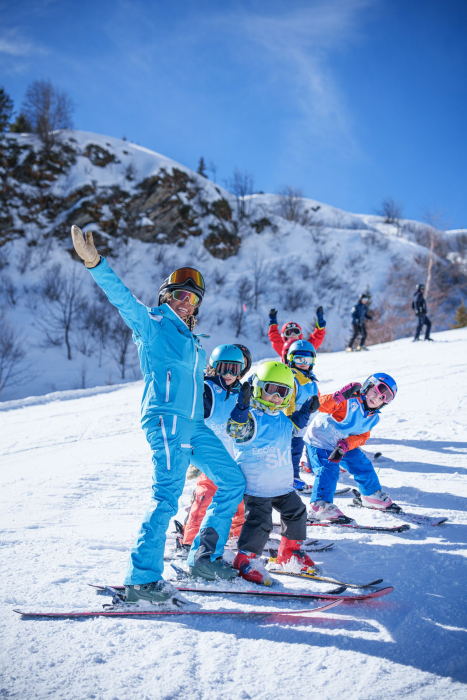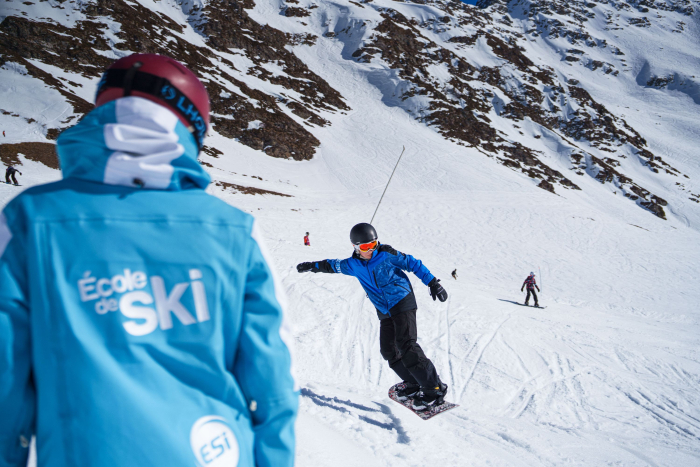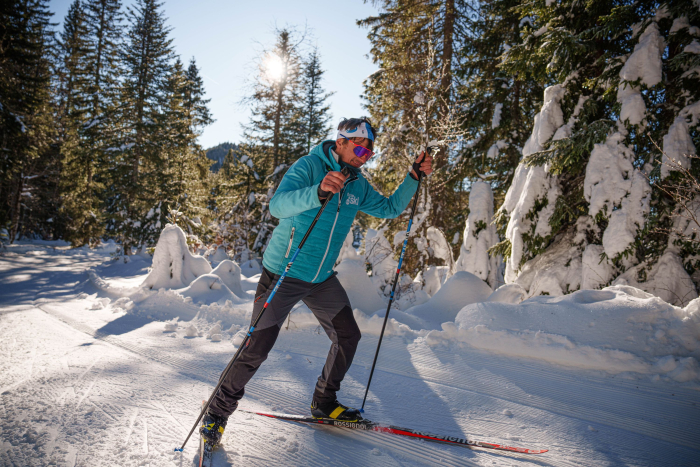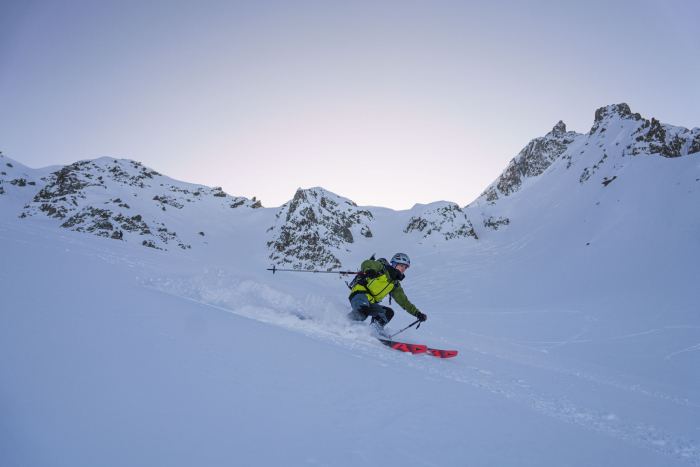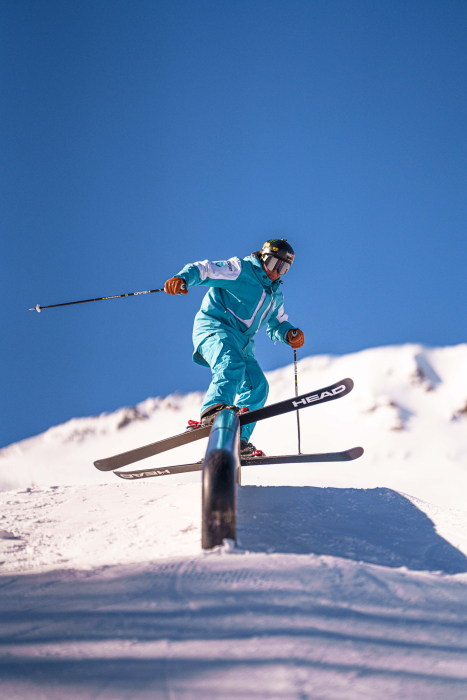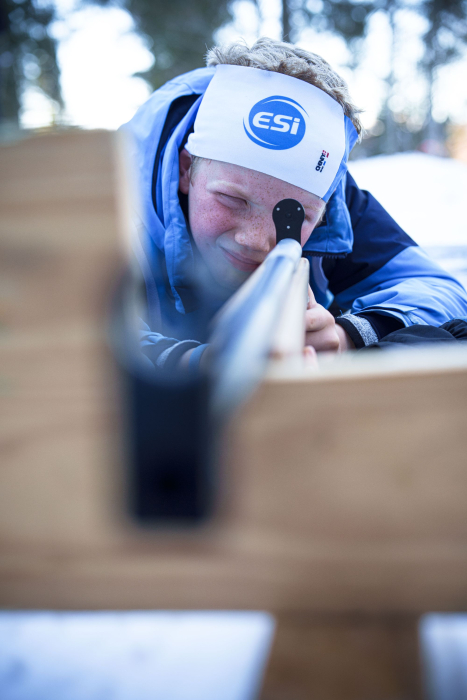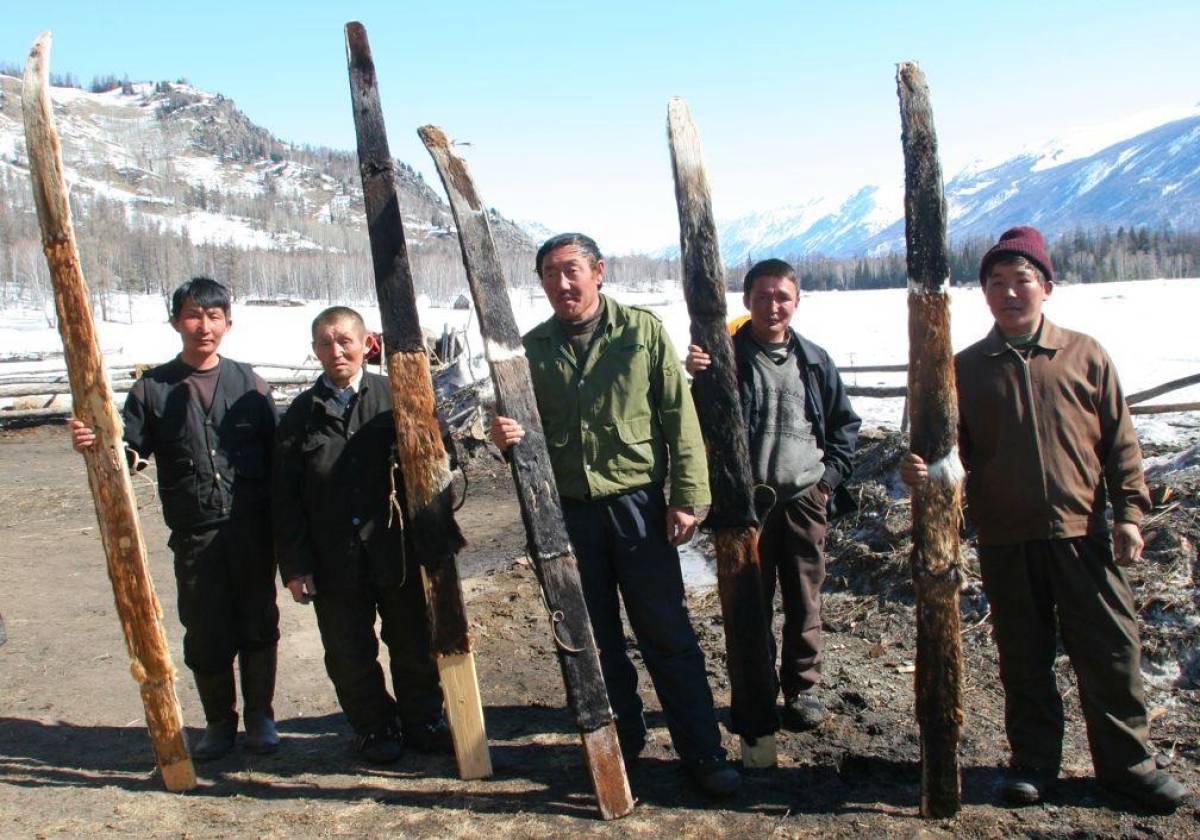Skiing, one of the world's oldest sports, traces its origins back thousands of years. Its humble beginnings stemmed from the necessity to travel on snow in regions where it dominates a significant part of the year. Thus, inhabitants of lands such as the Scandinavian peninsula, the Alps, and even parts of Asia discovered that the use of long wooden boards not only facilitated easy movement across vast snowy expanses but also allowed for impressive speeds on slopes. This proved to be a considerable advantage over traditional means of snow travel, like woven wooden or leather snowshoes.
The early skis were handcrafted from wood, with shoes securely fastened using straps. This method persisted until the early 20th century when skis received metal edges and automatic bindings, leading to rapid technological advancements resulting in the highly advanced models we see today.
What's fascinating is the diversity of skiing styles that have persevered through history. In continental Europe, alpine skiing, often referred to simply as "skiing," is primarily associated with downhill skiing, with its origins deeply rooted in the magnificent Alps. Conversely, in Scandinavian regions, skiing primarily refers to cross-country skiing, characterized by the use of long, slender skis suitable for fast travel on flat terrain and gentle slopes, with bindings only securing the tip of the shoe to allow for a fluid stride.
In the Alps and America, a fusion of styles gained popularity, combining elements of both alpine and telemark skiing. Telemark skiing involves skiing down valleys with free heels, performing graceful turns with a specific technique.
Lastly, there's the practice of ski touring. For millennia, some cultures affixed animal skins to the soles of their skis to ascend slopes and then swiftly descend into valleys. This tradition dates back over 2,000 to 3,000 years in the Altai Mountains of China. In the 20th century, it was adopted by mountain troops and saw extensive use during both World Wars.
Modern alpine skiing bindings with fixed connections first emerged in 1850, thanks to the efforts of Sondre Norheim in Norway. He was also a pioneer in developing new turning techniques. While early bindings were made from twisted birch roots to secure boots, today we use adjustable flap bindings, ensuring foot protection in case of accidents.
Modern skis are crafted from cutting-edge materials with advanced technologies. All downhill skis feature metal edges. Their construction includes materials like various foams, fiberglass, or carbon, offering precise control over skiing characteristics from the design phase. However, the primary material used for most high-end skis remains wood, with greatly improved processing technology.
As a sports discipline, although ski competitions likely existed for a long time, the global rise of skiing can be officially traced back to 1924 with the establishment of the International Ski Federation (FIS) and the inaugural Winter Olympics held in the same year in Chamonix, France. Today, FIS oversees all forms of skiing, including alpine and Nordic skiing, as well as snowboarding.
In conclusion, skiing has undergone remarkable evolution over millennia, transitioning from modest beginnings to become an internationally diverse and technologically advanced sport while retaining its profound connection with nature and the mountains.
To paraphrase a well-known sentiment: "Skiing is a dance, and the mountain always leads the way."
![ESI [Hiver]](/build/assets/images/logo_esi-winter.cbe060df..png)
